Finca Paraíso Orgánico: Pineapple Tour
Happy vs. Stressed Pineapples
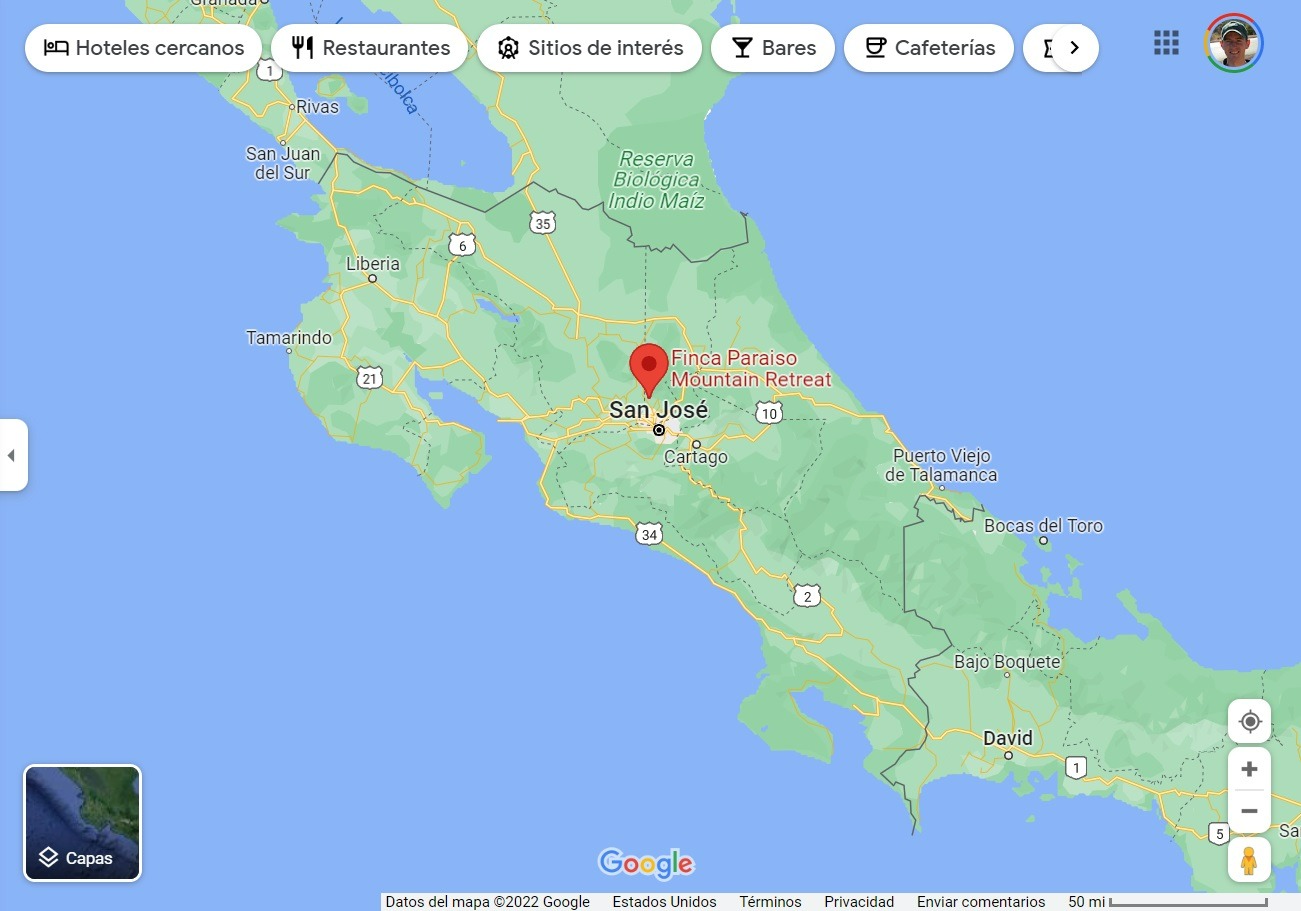
When pineapples are happy, they grow, but don’t produce fruit. When pineapples are stressed, they produce fruit. Therefore, in order to mass produce pineapples on a plantation, you need to manipulate their mood by keeping them all happy for a while so that they grow and grow, before stressing them all out at once so that they all produce lots of fruit at the same time that you can harvest in mass quantities.
Ethylene—The Key Chemical
The chemical that pineapples produce within themselves when they feel stressed is ethylene. Therefore, ethylene is what a pineapple farmer can apply to his/her plants in order to induce growth of the fruit.
At this particular plantation, they have 52 sections—one for each week of the year. Each section is at a different stage of growth so that the farm can be producing a consistent amount of pineapple all throughout the year. When a particular section has plants that, after having been kept happy and growing through cultivation long enough, are ready to begin growing the fruit, they spray ethylene gas on the section to induce pineapple growth.
Harvest and Shipment
The time for harvest ranges from 5-7 months after flower induction. After harvesting a pineapple, you need to refrigerate it at 45-degrees Fahrenheit immediately. (If you store it at a higher temperature, fermentation—the conversion, or disappearance of sugar, which is what enhances the pineapple’s taste—increases and the fruit decreases in quality. Unfortunately, this is how most grocery stores display the fruit…) Then, they ship to pineapple to their buyers.
How to Pick the Right Pineapple
The best way to tell if a pineapple is ripe is by slicing it open and testing the amount of sugar inside. A pineapple that is 13.8% sugar is ripe.
But, we non-pineapple farming people obviously don’t have the option to test pineapple in the grocery store like this as we shop, so here is the advice of our tour guide: Look for a pineapple that is firm with no bruising. The body should be a green-yellow color with slightly more green than yellow. Too much yellow indicates that it is overripe. Also, the crown needs to be fresh and healthy. Therefore, you want to make sure that the crown is green and that you can pick up and hold the pineapple by the crown’s bottom leaf. If the crown breaks, the fruit is no good.
Piña = Bunch?
Apparently, according to our tour guide, one pineapple (the spherical object with the crown on top) is technically a bunch of hundreds of fruits. He said that each little diamond on the shell/skin of the fruit represents a single piece of fruit on the inside. He said that this is why the word for the fruit in Spanish, piña, actually means “bunch.” I looked the word up online and in addition to pineapple, piña in Spain can also mean “close-knit group.” I suppose that this is what he was talking about.


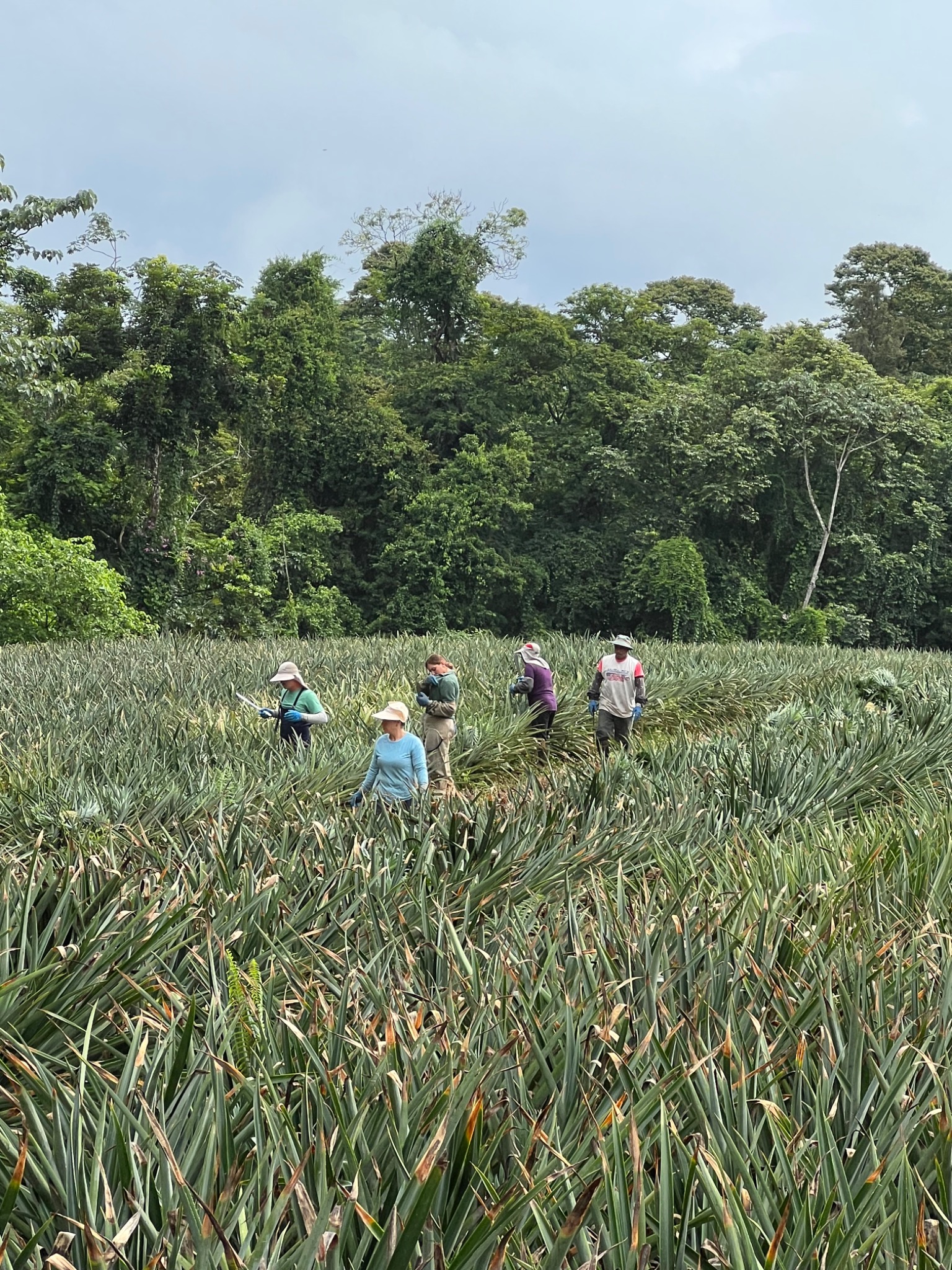
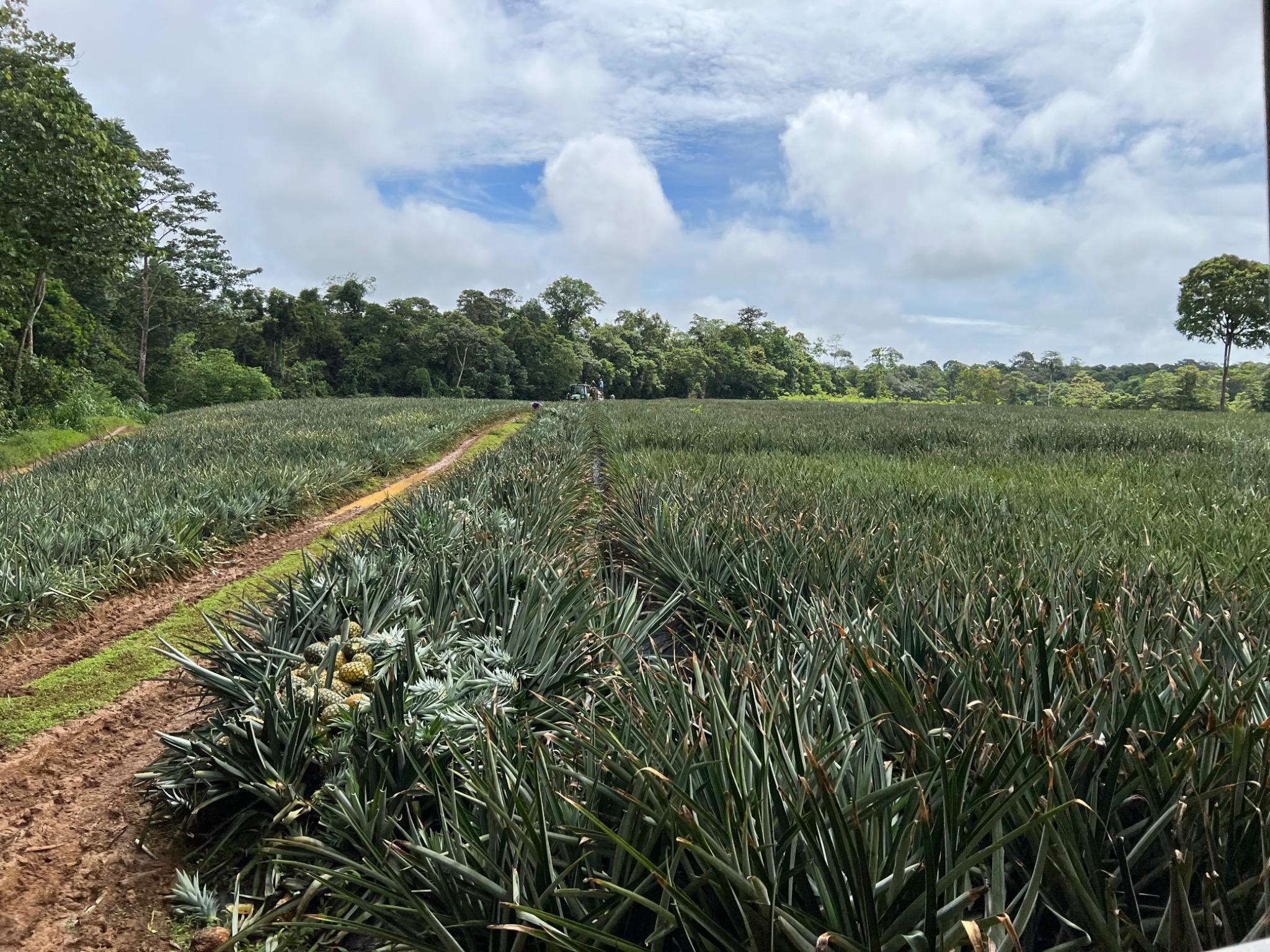

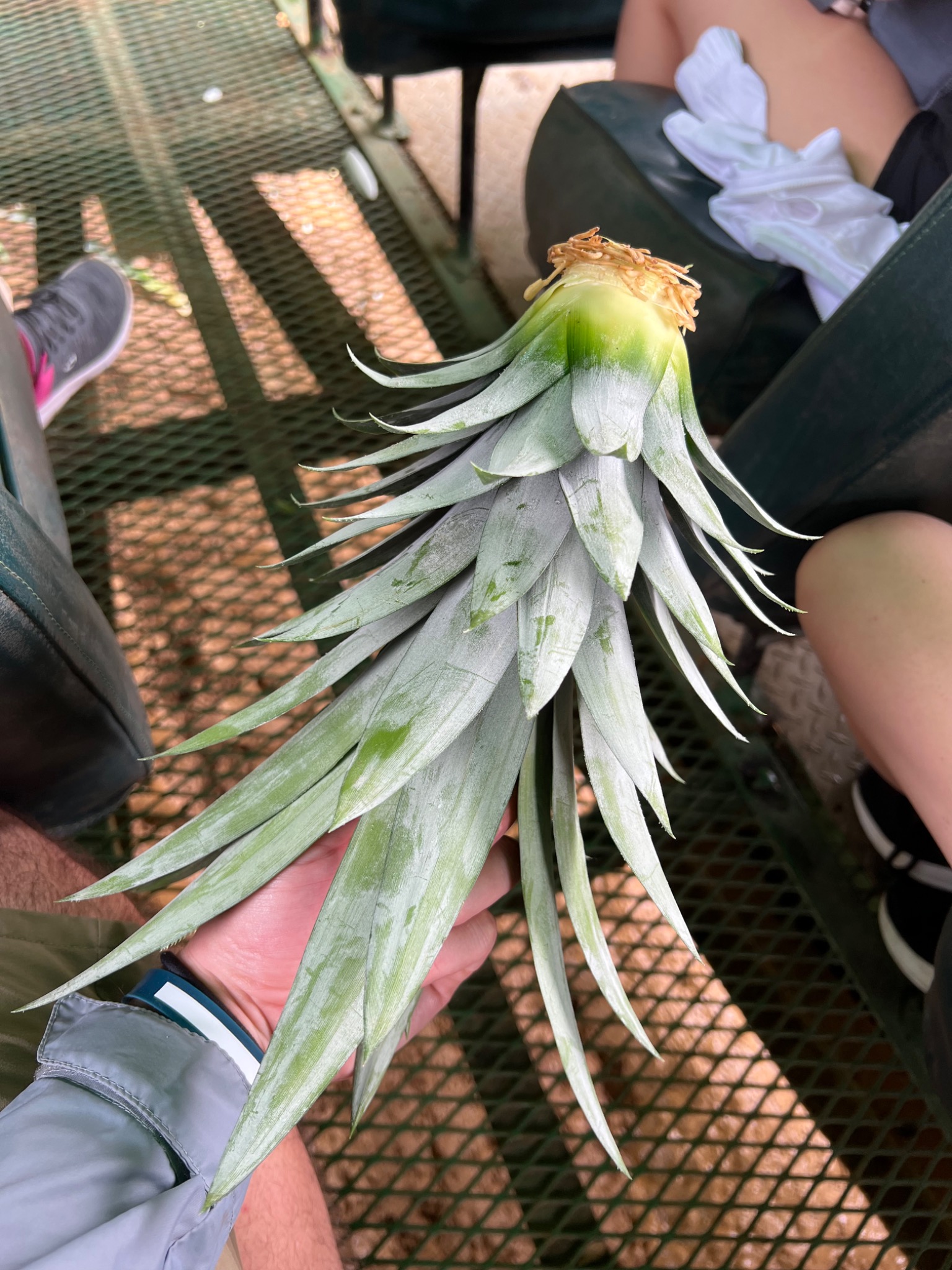
How to Grow Your Own Pineapple at Home
1) Use an existing pineapple. Make sure the crown is perfect.
2) Remove the fruit (the bottom) from the crown.
3) Shave the bottom of the stem to reveal the roots. (You can see the exposed roots at the bottom of the stem in the picture below.)
4) Plant the crown in soil.
5) Place apple slices around the crown and cover the crown with a plastic bag. The apples produce the ethylene that spurs growth of the fruit. The bag keeps the ethylene near.
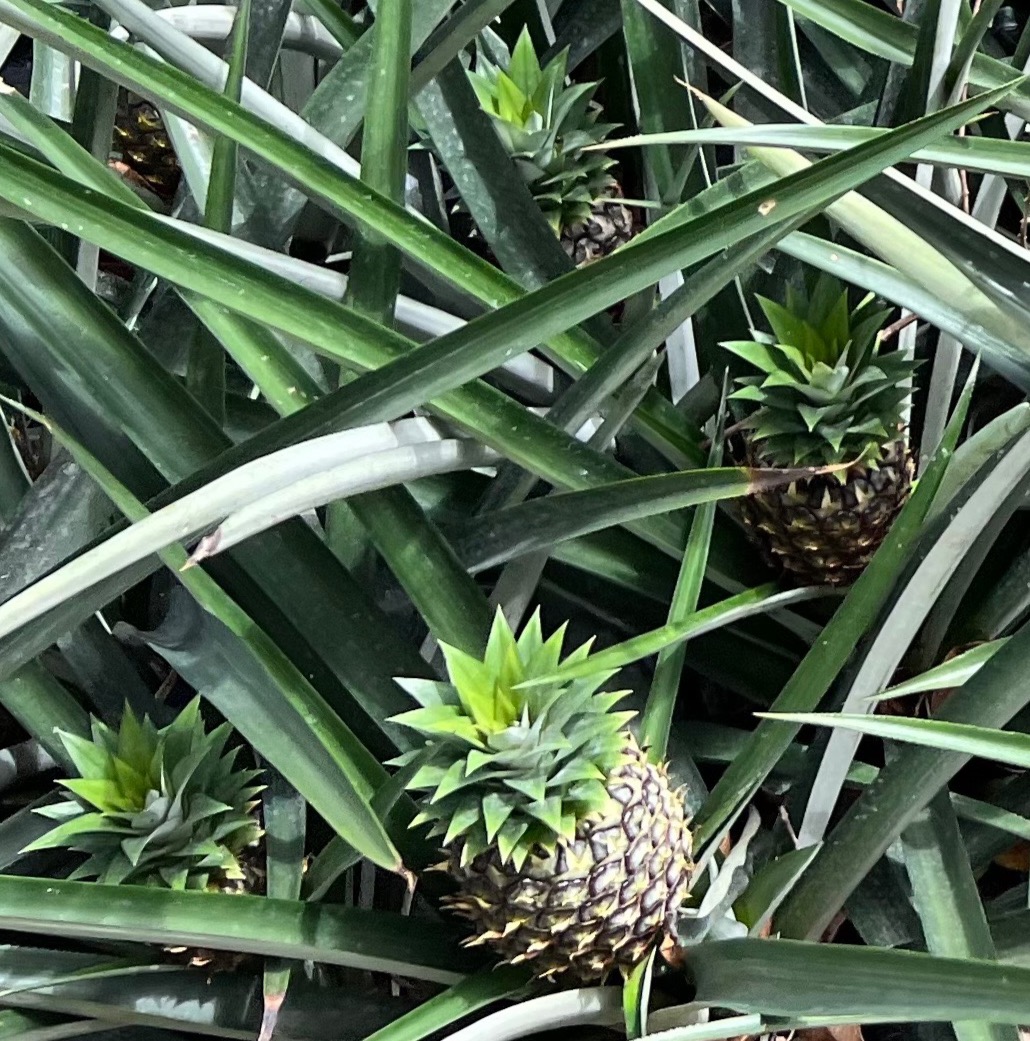
Pineapple-Themed Treats
After the tour in the lobby, they gave us piña coladas (of course), dried pineapple, cacao seeds, and house marmalade.
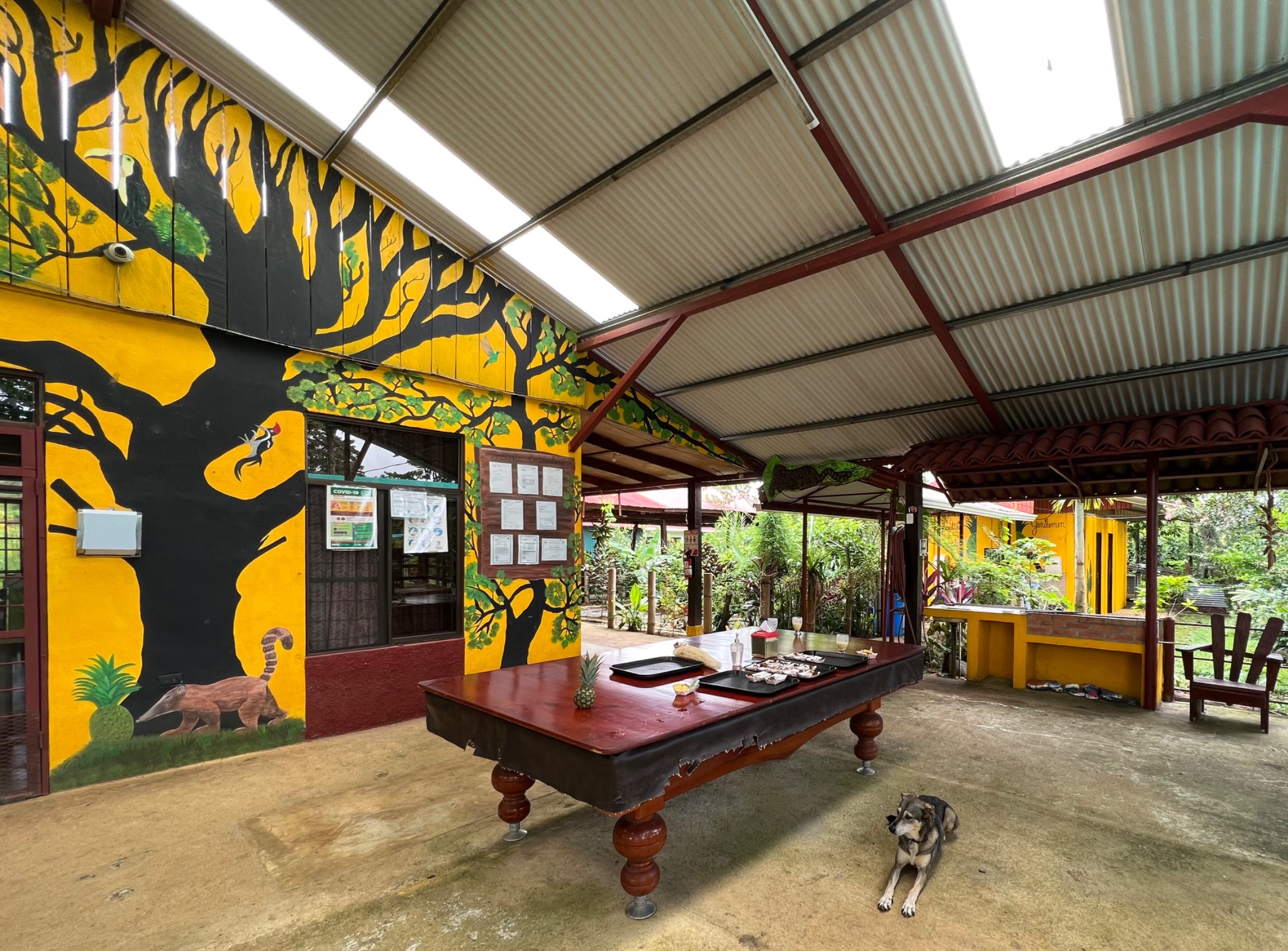
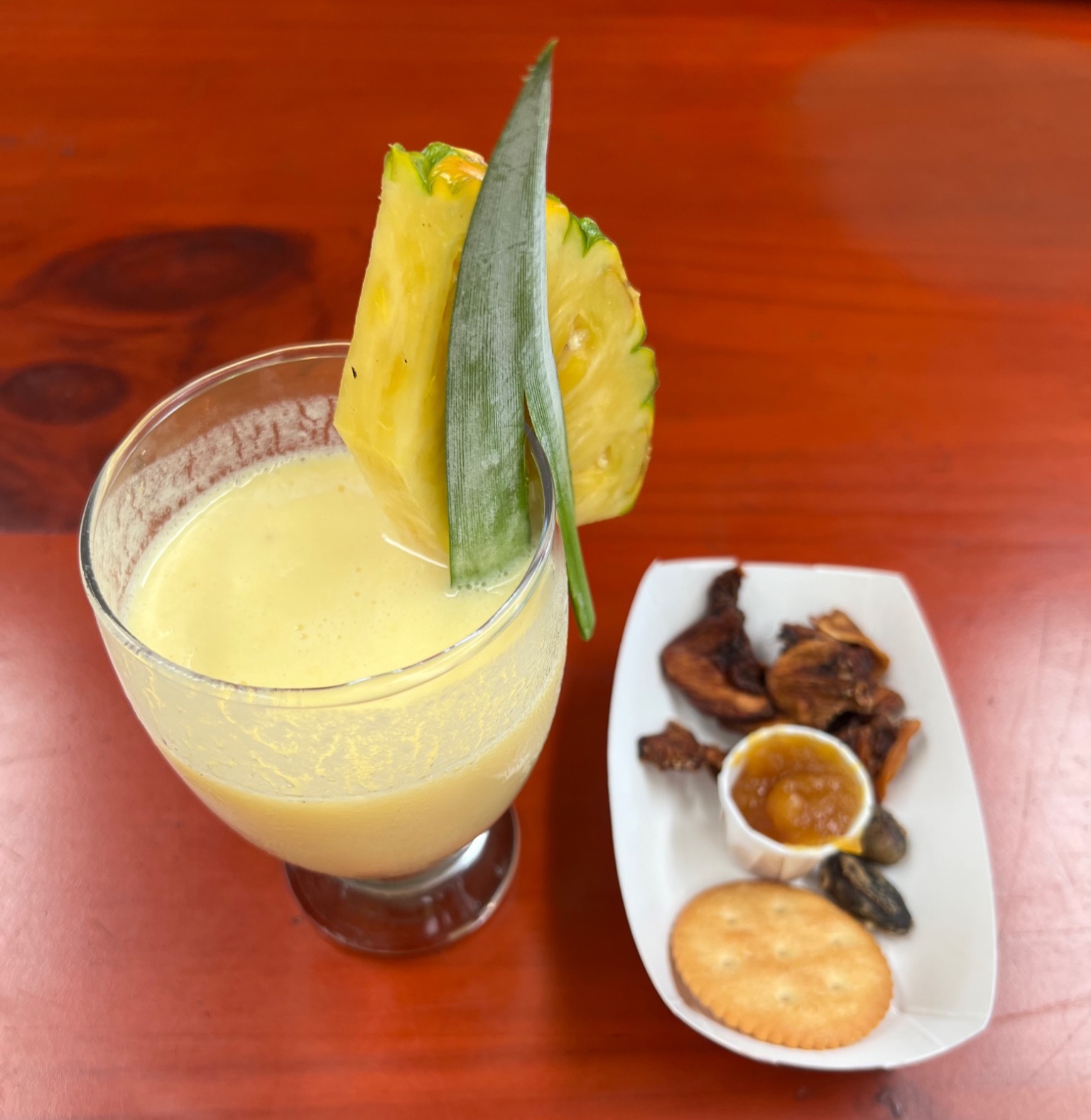
Post a comment